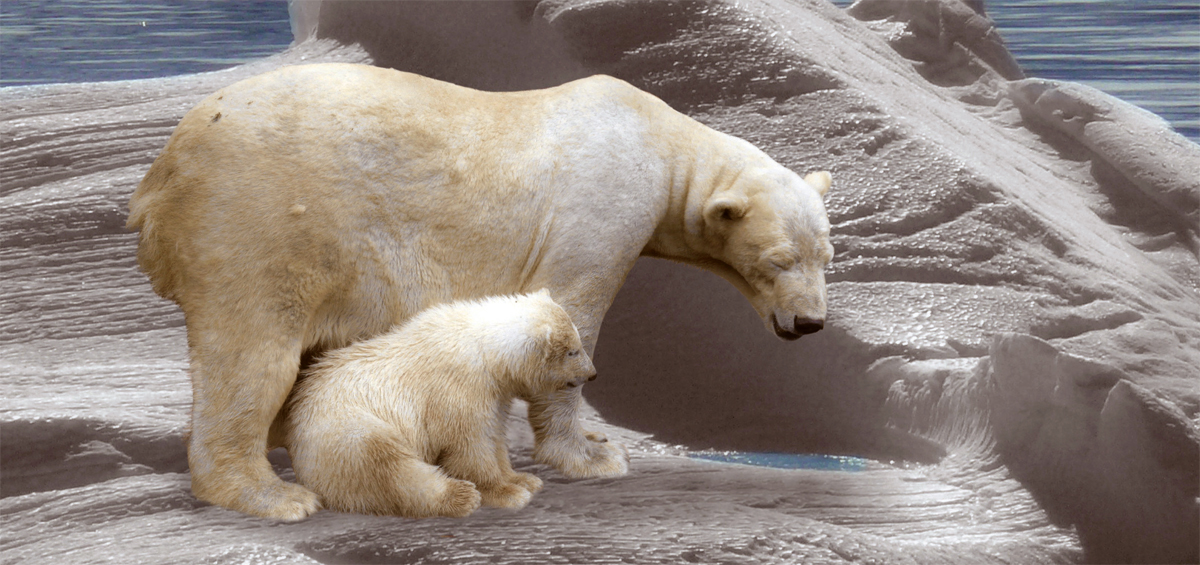Laura Perdew - Biodiversity: Explore the Diversity of Life on Earth with Environmental Science Activities for Kids
Here you can read online Laura Perdew - Biodiversity: Explore the Diversity of Life on Earth with Environmental Science Activities for Kids full text of the book (entire story) in english for free. Download pdf and epub, get meaning, cover and reviews about this ebook. year: 2019, publisher: Nomad Press, genre: Children. Description of the work, (preface) as well as reviews are available. Best literature library LitArk.com created for fans of good reading and offers a wide selection of genres:
Romance novel
Science fiction
Adventure
Detective
Science
History
Home and family
Prose
Art
Politics
Computer
Non-fiction
Religion
Business
Children
Humor
Choose a favorite category and find really read worthwhile books. Enjoy immersion in the world of imagination, feel the emotions of the characters or learn something new for yourself, make an fascinating discovery.
- Book:Biodiversity: Explore the Diversity of Life on Earth with Environmental Science Activities for Kids
- Author:
- Publisher:Nomad Press
- Genre:
- Year:2019
- Rating:4 / 5
- Favourites:Add to favourites
- Your mark:
Biodiversity: Explore the Diversity of Life on Earth with Environmental Science Activities for Kids: summary, description and annotation
We offer to read an annotation, description, summary or preface (depends on what the author of the book "Biodiversity: Explore the Diversity of Life on Earth with Environmental Science Activities for Kids" wrote himself). If you haven't found the necessary information about the book — write in the comments, we will try to find it.
Look around youbiodiversity is everywhere!
From the tallest tree to the smallest microbe, Earth is home to more than 1.5 million known species of plants, animals, fungi, bacteria, and microorganisms. And scientists estimate there could be millions, if not billions, more that have not yet been identified.
Biodiversity: Explore the Diversity of Life on Earth with Science Activities for Kids introduces middle schoolers to the evolution of life on Earth, beginning with the first single-celled organisms that emerged 3.8 billion years ago to the complex, multi-celled organisms that exist today and make up the tree of life. Biodiversity is found everywhere on the planeton land, in the water, and even in extreme environments such as ice and volcanoes. Biodiversity can also be discovered by looking through a microscope at tiny worlds of organisms that cant be seen with the human eye. There are whole microbiomes beneath our feet, in puddles, and even in our belly buttons!
All of this biodiversity on Earth helps keep the planet in balance. Biodiversity is also important to humans because it provides food, shelter, clothing, medicines, and more. However, the rates of biodiversity loss are increasing because of human activities. Climate change, pollution, habitat destruction, over-exploitationthese are all critical threats to biodiversity. There are, however, ways to slow or stop this loss through conservation and sustainable development.
Biodiversity includes hands-on STEM activities and critical thinking exercises to encourage readers to consider the threat to biodiversity and figure out ways to be part of the solution. Fun facts, links to online primary sources and other supplemental material, and essential questions take readers on an exploration of the incredible biodiversity on Earth.
Biodiversity is part of a set of four Build It Environmental Science books that explore the history and science of the planet and all that live on it through hands-on STEM activities and real-life environmental connections. Other titles in this series are Planet Earth, Garbage, and Biomes.
Nomad Press books integrate content with participation. Common Core State Standards, the Next Generation Science Standards, and STEM Education all place project-based learning as key building blocks in education. Combining content with inquiry-based projects stimulates learning and makes it active and alive. Nomads unique approach simultaneously grounds kids in factual knowledge while allowing them the space to be curious, creative, and critical thinkers.
Laura Perdew: author's other books
Who wrote Biodiversity: Explore the Diversity of Life on Earth with Environmental Science Activities for Kids? Find out the surname, the name of the author of the book and a list of all author's works by series.

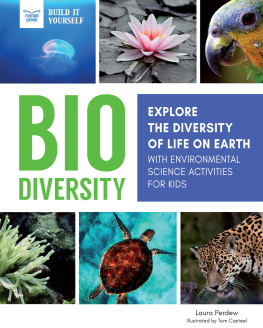
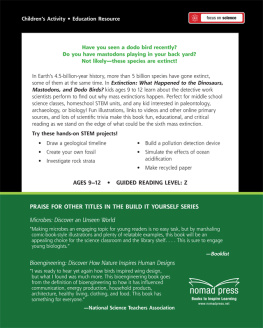

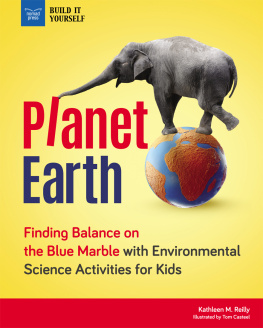
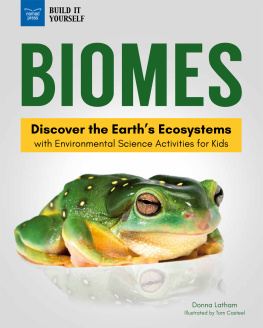

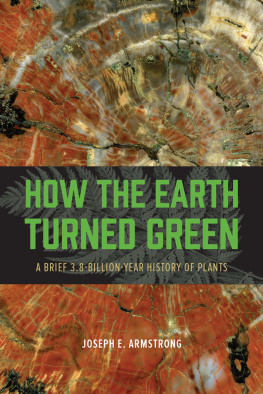
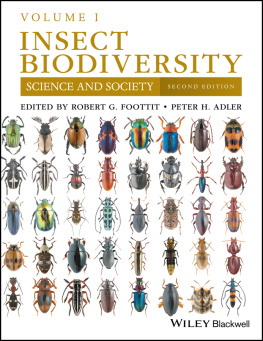
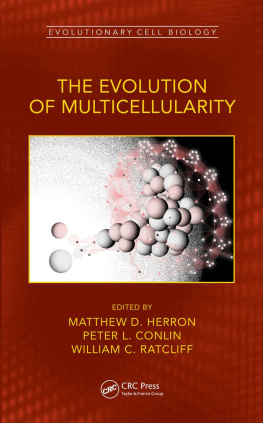
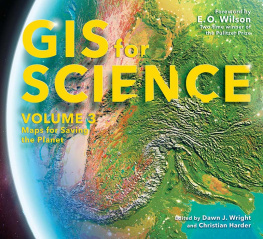

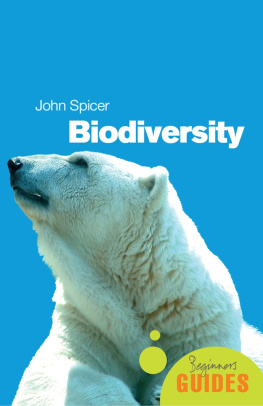

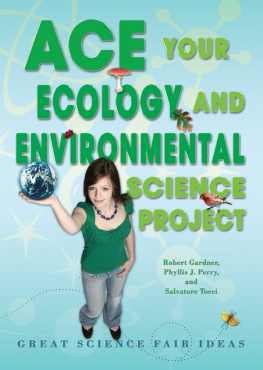


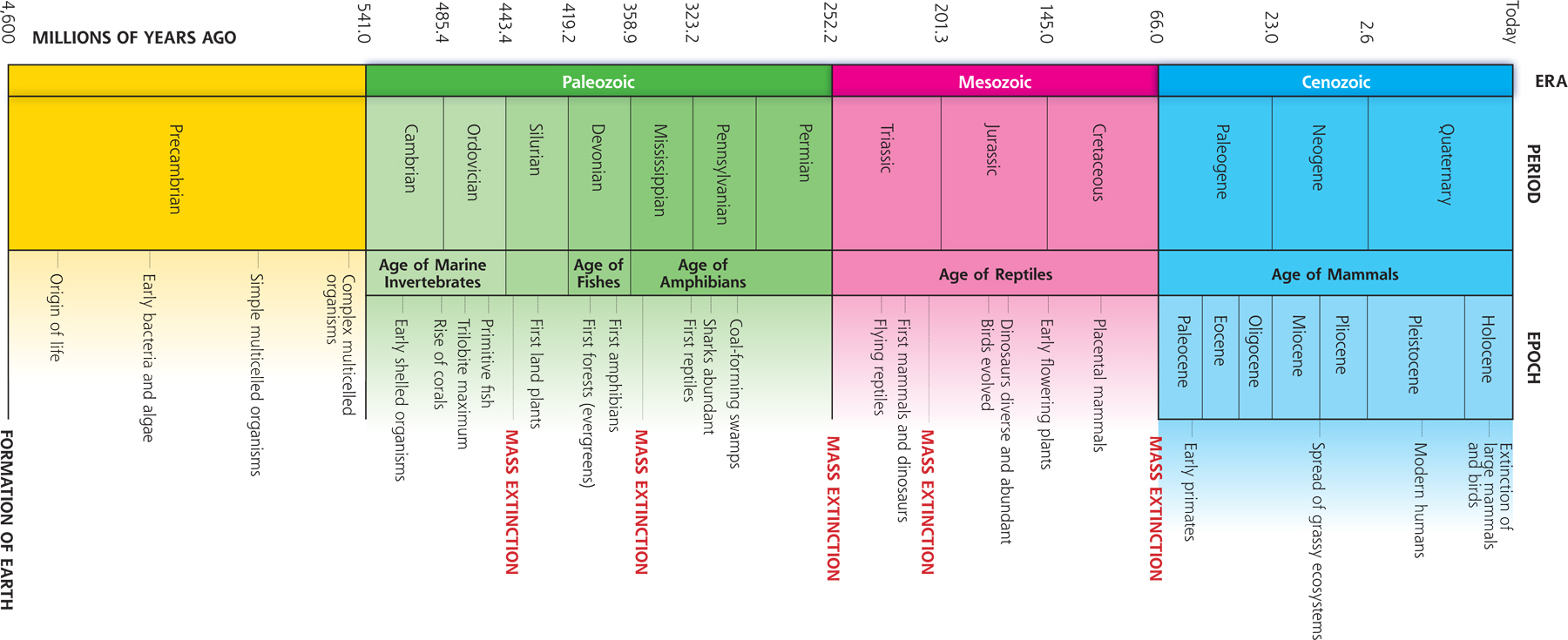
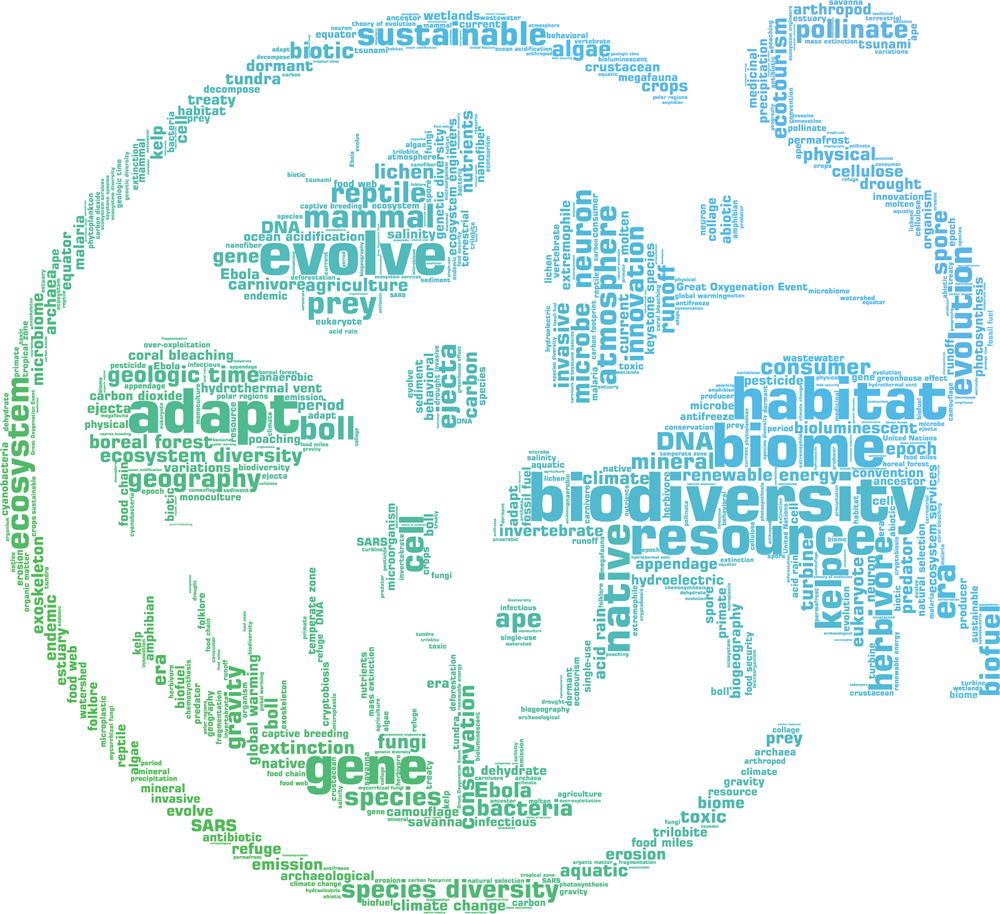
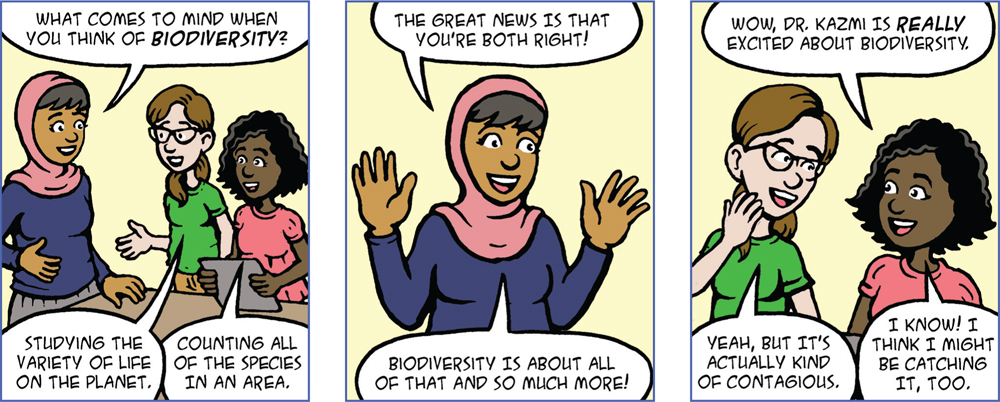
 This National Geographic video is a photographic introduction to the wonders of the amazing biodiversity on Earth. Check it out!
This National Geographic video is a photographic introduction to the wonders of the amazing biodiversity on Earth. Check it out!
 Nat Geo biodiversity video
Nat Geo biodiversity video